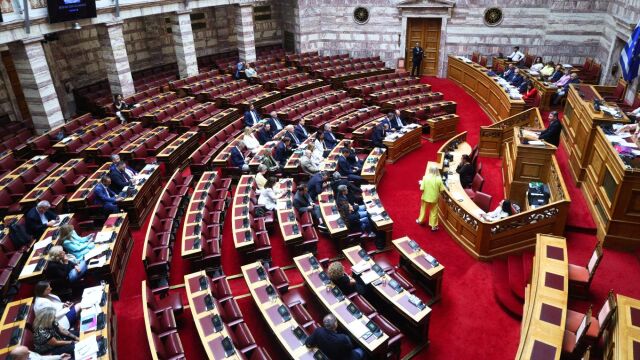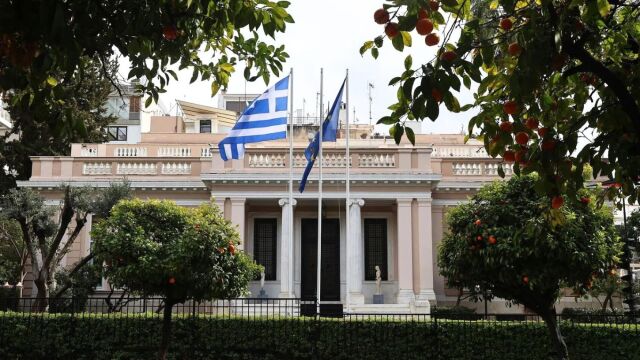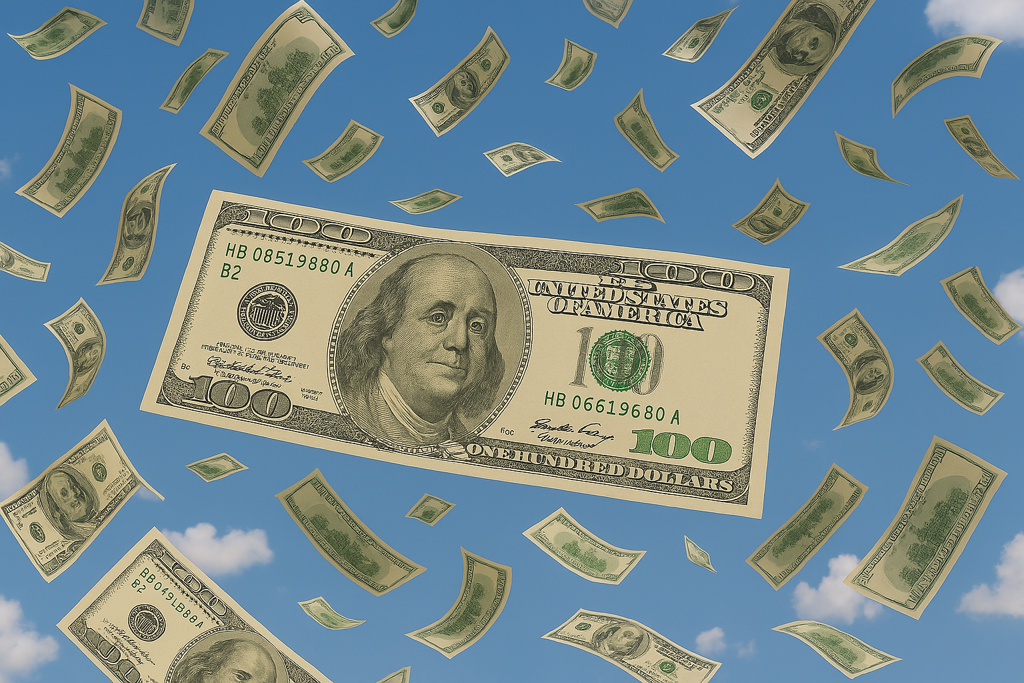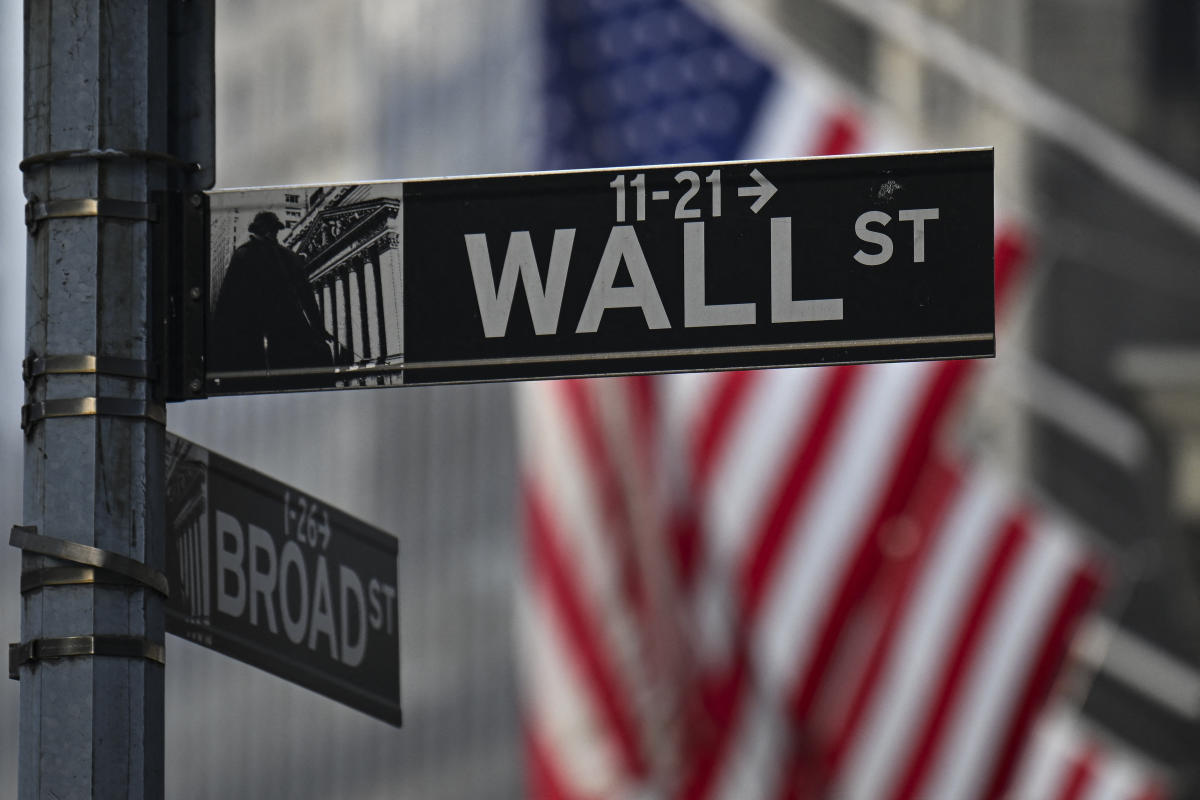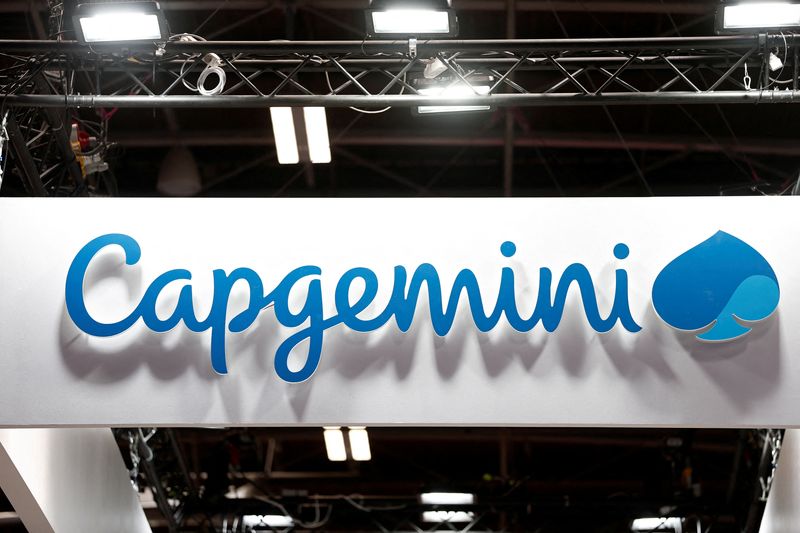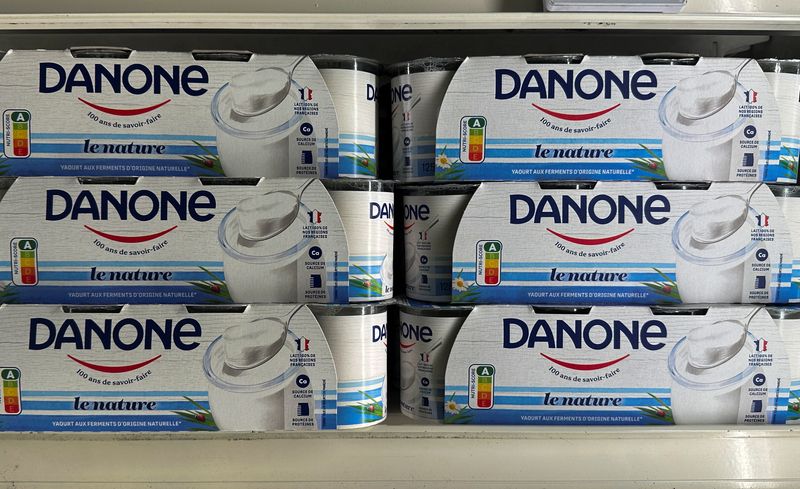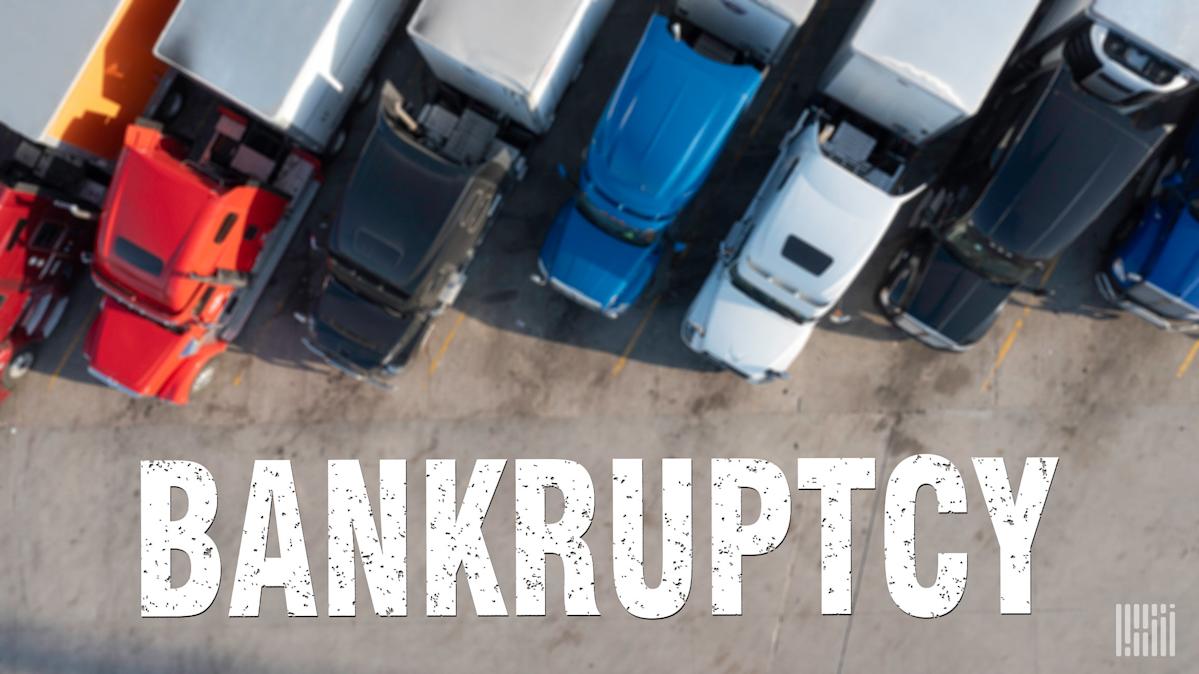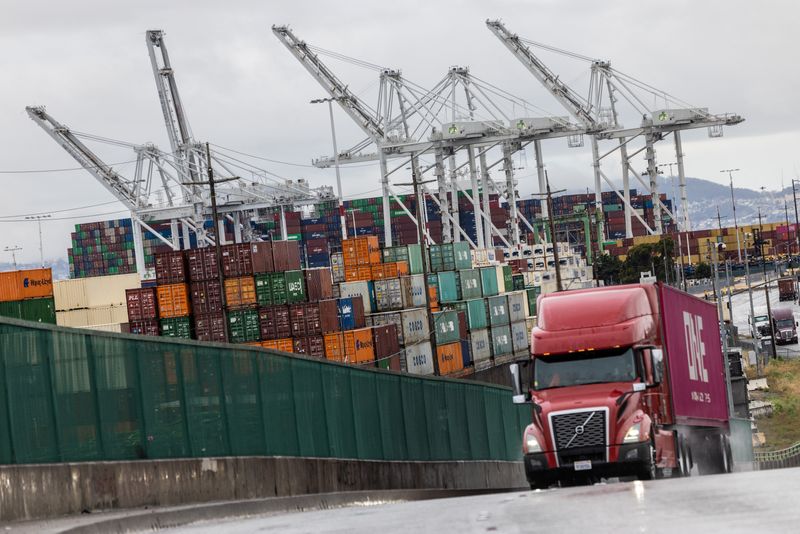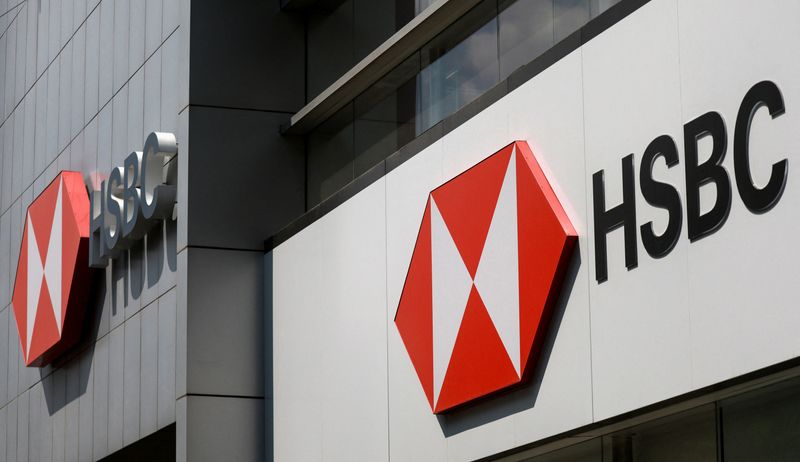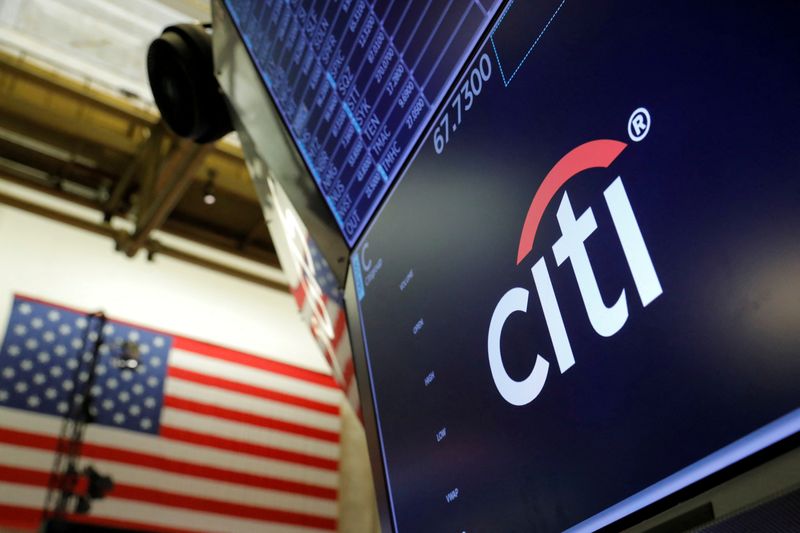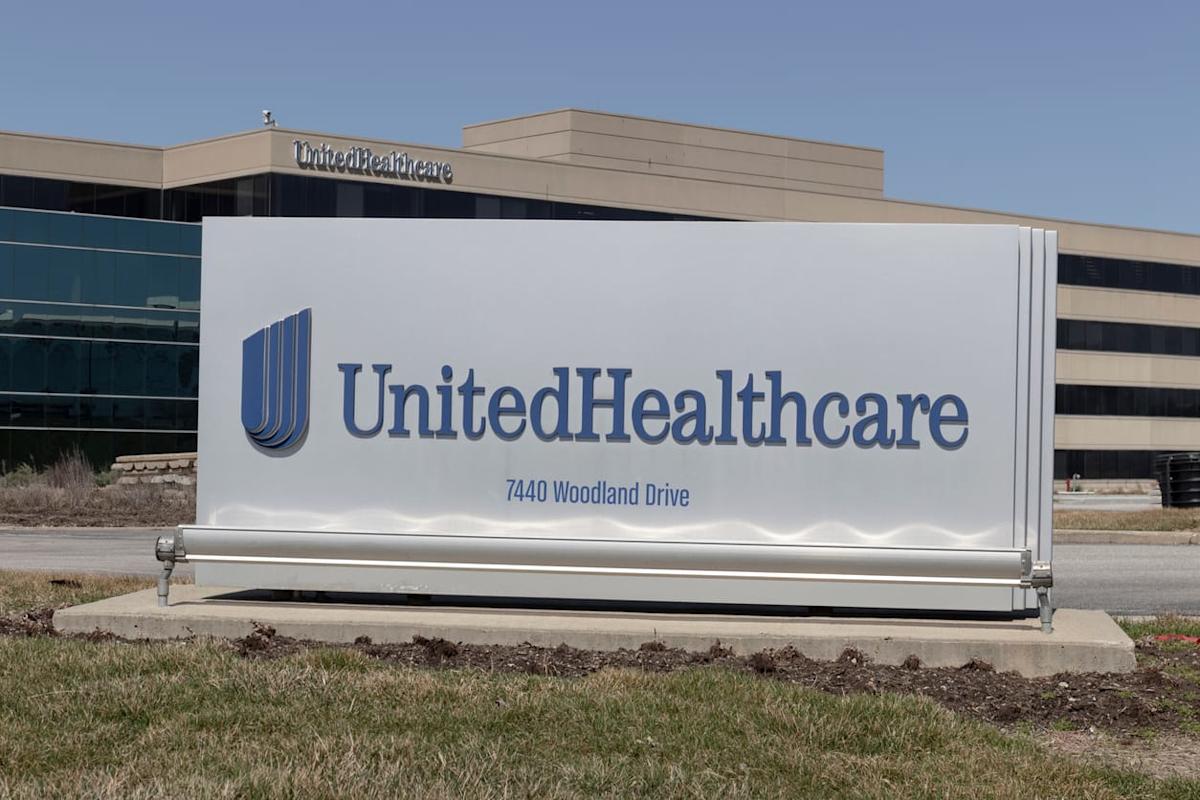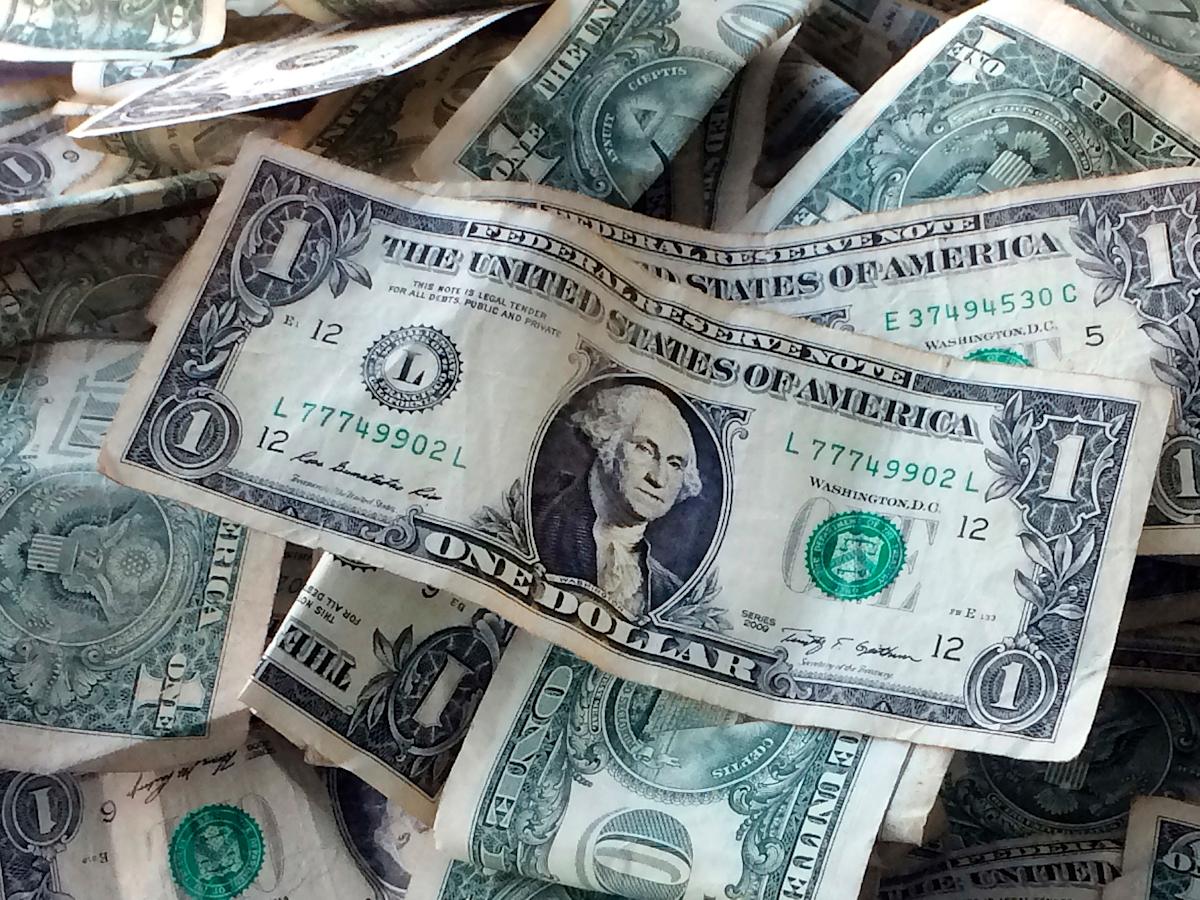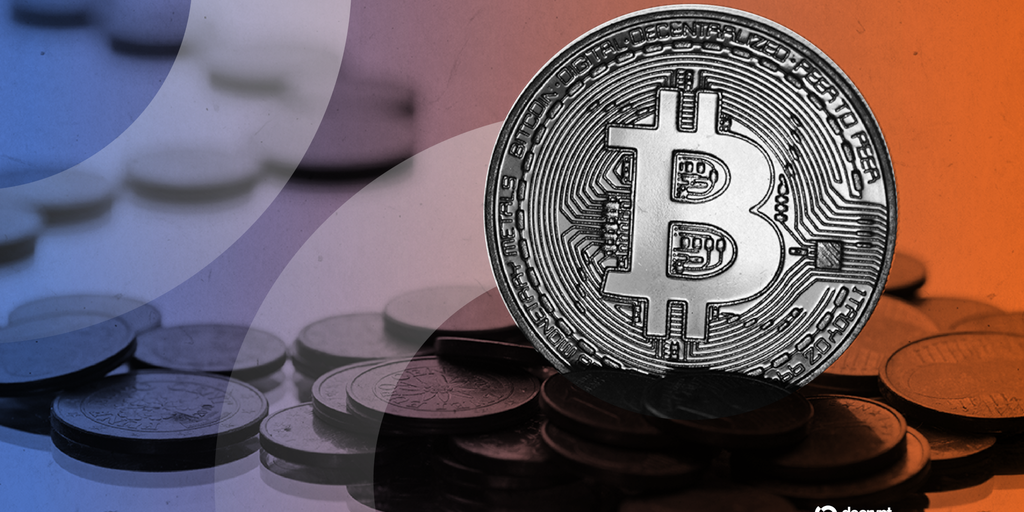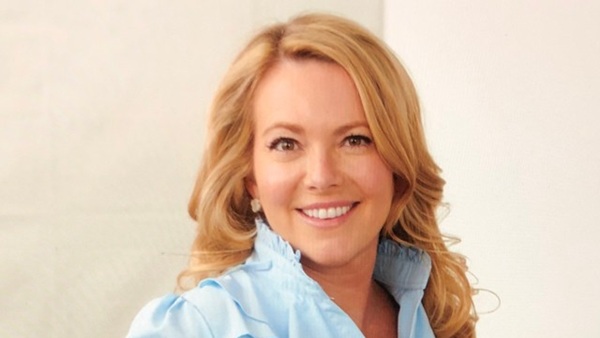More Americans are drawing from retirement savings early. Why financial pros say that's a recipe for disaster.
Americans are increasingly using their 401(k)s as emergency funds.
Data from Vanguard shared with Business Insider highlights the trend, and it's something the financial advisors say people in most circumstances should try to steer clear of for a variety of reasons.
The data shows that 4.8% of those with 401(k) accounts took hardship distributions in 2024, continuing an upward trend over the last four years. Nonhardship withdrawals are also rising, with 4.5% of account holders taking money out early.
These nonhardship distributions are subject to a 10% penalty when taken before 59 and a half years old. Qualifying hardship distributions — which include circumstances like medical, funeral, tuition, and some housing expenses — aren't subject to the early withdrawal penalty.
Still, financial pros who spoke with BI say that taking early distributions is generally a recipe for disaster for your retirement savings and long-term financial health for a number of reasons.
A lot of the advice against drawing on your retirement fund early comes down to timing. Those taking the withdrawals usually do so when they're still working or in a year in which they have worked. This means their retirement account withdrawals will be taxed at their income rates.
"Let's say you're laid off in December, you're going to have made your income for the entire year," said Chris Chen, a certified financial planner and the founder of Insight Financial Strategists. "You often end up taking it at the peak of where your income is," he said of the early withdrawals.
Investors also may rely on early distributions more during recessions, when there's higher unemployment. That means they're probably selling their holdings when the market is down, said Rob Arnott, the founder of Research Affiliates.
"You get a triple whammy: You lose your job, you lose money in your 401(k), and you have to pay a tax to get access to the money," Arnott said.
However, and perhaps most importantly, taking early withdrawals is likely to hurt the future growth potential of your money, said Bryan Kuderna, a certified financial planner and the founder of Kuderna Financial Team. Going back to 1950, the S&P 500 has averaged 11.5% annual returns with dividends reinvested, according to DQYDJ, an investing website.
Related stories

Business Insider tells the innovative stories you want to know

Business Insider tells the innovative stories you want to know
"They're essentially robbing themselves of their future," Kuderna said. "The long-term effect is they're reducing both that dollar amount plus the decades of compounded interest on it."
There's a simple fix to taking early distributions: building up even a small savings buffer.
Kelly Hahn, head of retirement research at Vanguard, said that those with just a $2,000 savings buffer were less likely to take hardship distributions and cash out of their 401(k)s when they switched jobs.
"In our recent survey, we found that having an emergency savings was the single most important factor in achieving financial well-being," Hahn said in an email on Tuesday.
There are also other solutions to avoid taking an early distribution, Kuderna said.
For instance, you can borrow against your retirement account. While it's not ideal because you often can't continue contributing to the account while you pay the loan back, it's better than tapping into the original funds. That's because there's no penalty, no tax obligation, and the interest paid goes back to your own account, he said.
The only circumstance in which Kuderna allows a client to draw on funds from a retirement account is when they have credit card debt.
"If we know they've got $20,000 of credit card debt at 22% interest, then we're like, 'Alright, bite the bullet,'" he said. "Nothing is costing as much as that 20% annual loss."
Content Original Link:
" target="_blank">




